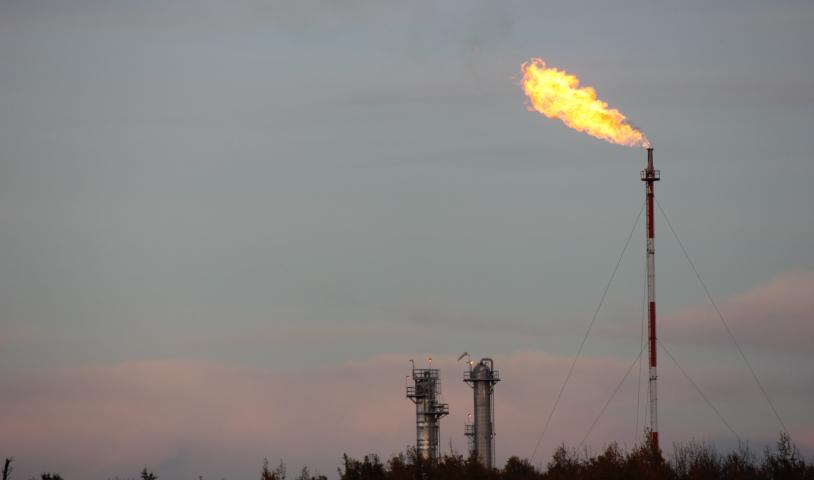Oil‑sands projects extract a heavy environmental price
Thursday, May 21, 2009
When it comes to environmental impacts of the Alberta oil sands, Christopher Hatch mentions polycyclic aromatic hydrocarbons and the 1989 Exxon Valdez oil spill.
The Cortes Island–based climate-change campaigner for the conservation group Environmental Defence told the Georgia Straight he is worried by the Alberta government’s desire to expand the industry, given the hazards of PAHs. He said his group will release a report on February 14 outlining how oil-sands production increases the PAHs in the Athabasca River, just as they were present when the infamous oil spill happened almost 20 years ago in the 49th state.
“We were contacted by a bunch of the American government’s scientists and researchers out of Alaska who have spent the last decade studying the initial Exxon Valdez spill and its impact over time,” Hatch said during a January 28 anti–oil sands rally at Canada Place. “They contacted us to say, ‘You know, there are a bunch of things we have learned about what is in petrochemical solutions that you guys need to know, because almost certainly what is going on there is worse than the Exxon Valdez in terms of certain key cancer-causing chemicals.’ ”
PAHs are linked to energy production. The environmentalists gathered outside the Pan Pacific Hotel were trying to make the point to the
media present that Prime Minister Stephen Harper and Alberta Premier Ed Stelmach have placed the well-being and health of Canadians on a collision course with economic and industrial interests.
Mike Hudema, an Edmonton-based Greenpeace climate and energy campaigner, told the Straight that he “eagerly awaits” the findings of the report Hatch’s group is putting out.
One of the scientists who contacted Environmental Defence regarding PAHs was Jeff Short, a long-time supervising research chemist at the U.S. National Marine Fisheries Service in Alaska. Short confirmed he has studied the impacts of Exxon Valdez for almost 20 years.
“One of the most significant results of that was the finding that when fish eggs are exposed to quite low doses of the right kinds of PAHs, they get screwed up,” he said by phone. “In particular, it interferes with their embryological development. It does so at remarkably low concentrations.”
Short said that when he looked at the composition of the bitumen—the heaviest form of petroleum—in the oil sands, it looked “particularly nasty”, especially with regard to the kinds of PAHs that had caused the defects in the fish.
“Then, when I looked at the monitoring data…it looked like there was cause for concern in the little piece of data they collected vis-à-vis PAH,” he said. “That was augmented by looking at independent scientific studies that had been done in the Lower Athabasca River system, which added more fuel to the fire. So there are a number of red flags now suggesting that PAH may be an issue and that it is underappreciated as a significant environmental contaminant there.…Albertan scientists have presented this to the government there, but so far the government has been slow to embrace these perspectives.”
Hatch added that the upcoming report will show oil-sands operations increasing the PAH concentrations, a fact refuted by Jim Law, communications director in the Alberta Environment Ministry.
“One of the things that goes on is some pretty extensive monitoring; one program is the RAMP—the Regional Aquatics Monitoring Program—which is community-based and multistakeholder,” Law said by phone. “I don’t have any technical data in front of me, but I do recall that even though there are some naturally occurring PAHs, as well as other compounds, there is not any discharge of those from the oil sands. In fact, there are some concentrations that are higher upstream of these compounds than there are downstream.
Point 2: as the oil-sands production has progressed, there have been no changes or increase in the amounts of these compounds, including the one you refer to.”





